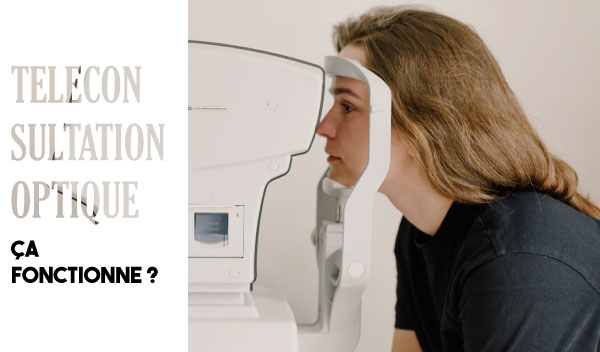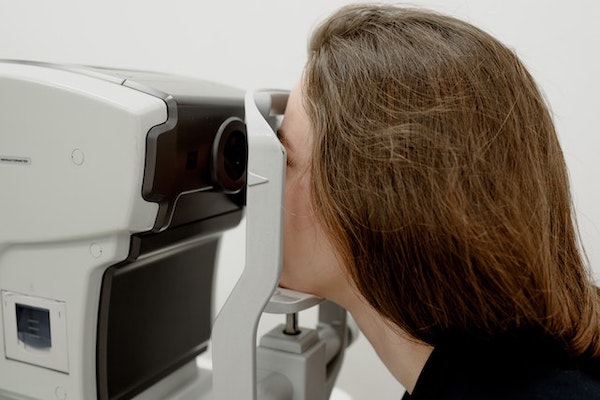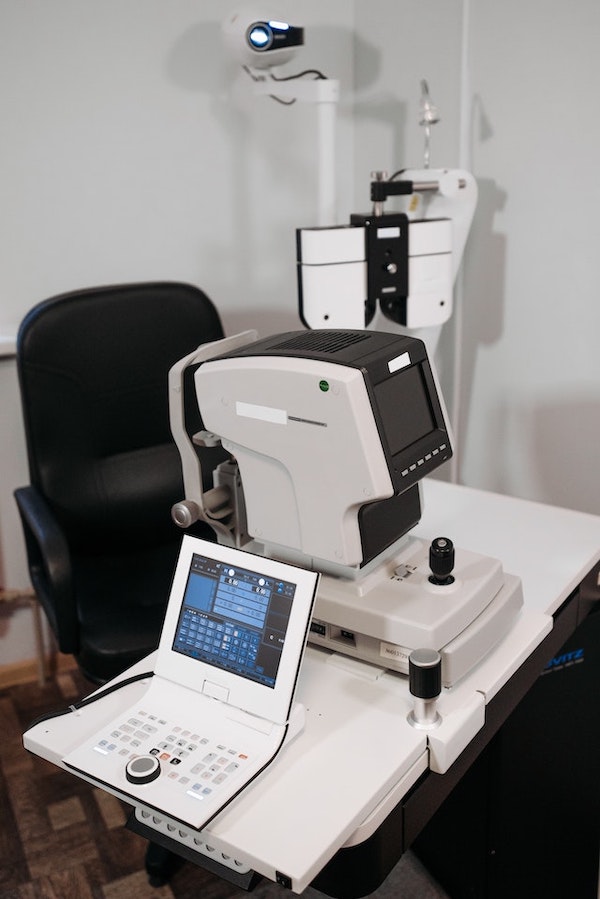DOSSIER Optical teleconsultation: does it work?

Teleconsultation is a great success with general practitioners. It allows patients to consult their practitioner without leaving home in certain cases (renewal of prescription…) Facilitating, it makes it possible to respond in part to the problem of medical deserts. In a context where making an appointment with an ophthalmologist can be very difficult, does optical teleconsultation work? Some players have already implemented it.
Making an appointment: a French ordeal
The idea of teleconsultation developed strongly with the Covid-19 crisis. Digital equipment, if it has enabled a good number of employees to be able to continue working, has also given rise in the minds of professionals to new ways of offering their services by facilitating exchanges and saving everyone time. . On the other hand, the possibility of eliminating the mileage between a practitioner and his patient responded to another, much more alarming urgency, that of medical deserts.
The latter are, in France, constantly increasing. Delays are extended and French people often have to travel long distances to find an available health professional. The numbers are worrying. More than 86% of French people find it difficult to make appointments in rural areas. And if these improve by getting closer to large cities, there is nothing to parade for as much. Indeed, the figure only drops to 76% in large cities and 59% in Paris!
These difficulties are encountered when the French already have an ophthalmologist. Which is not the case for everyone. 79% of those living in rural areas find it difficult to find an ophthalmologist near their home, 49% in large cities and 41% in Paris. We then say to ourselves that, if almost one out of two Parisians experience difficulties, time is more than urgent.
How does an optical teleconsultation take place?
As we have seen, only a few consultations are made possible by video. Of course, if these must be the subject of an auscultation, it will have to be carried out in physics. But for the case of optics then? It happens somewhat differently. A patient will have to move. But rather than travel 30 minutes or more, and wait 6 months to get an appointment, just go to your optician.

The latter should have the necessary equipment. After welcoming the patient and explaining the course of his optical teleconsultation, the optician assists him with the few administrative details. He must then leave the patient alone with the ophthalmologist and the orthoptist, who carry out the consultation by video. All examinations are carried out remotely using the equipment available. A prescription is then issued by email. If the examination carried out reveals the need for an additional visit, a physical visit should be scheduled.
The cable car: essential for carrying out an optical teleconsultation
In order to offer optical teleconsultation, it is mandatory for the optician to have a teleconsultation cabin or gondola. But acquiring it is expensive: around 120,000 euros. To make the process easier, they are available for hire. They are not only found in opticians, but also in certain supermarkets or nursing homes. Faced with this significant cost, some municipalities have also decided to acquire it.
In any case, optical teleconsultation has already shown good results. Indeed, the deadlines are considerably shortened. For example, in Sète, the average time for making an appointment has gone from 7 months on average to one week ! The relief is as much for the patients as for the practitioners and opticians! clientele for "local" opticians. From now on, they transmit their prescriptions directly without making additional journeys.
The future of optics?
Can teleconsultation, as some say, represent the future of the optician profession? While the latter is in clear questioning, this may seem like a path to move towards. However, the big change is not for now. Apart from the considerable costs, the number of medical deserts to be filled is so great that it will take time. And if the debate can stir at the SNOF (national union of ophthalmologists), it must be recognized that it is a solution which produces convincing results.

Not everything will be solved by teleconsultation. Its effectiveness is recognized in the case of a classic examination, a prescription for glasses and contact lenses. It will not be able to offer an alternative to the more serious problems, at least not in the immediate future. Only, it has undeniable advantages. By solving the problem of making appointments and waiting times, it will facilitate access to better visual health. Because by experiencing difficulties in presenting themselves to a practitioner, a patient is more inclined to put aside their health, with the risks that this entails.
Also, it offers a complement to the traditional consultation. And faced with the urgency of the figures, this supplement is oh so welcome.


